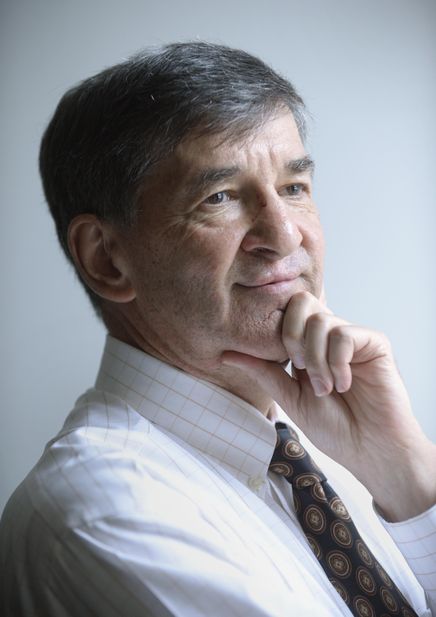Racism in films
A little boy carrying an explosive is walking toward some American soldiers in a dramatic scene in the American Sniper movie. The sniper sets his sights on the boy, hoping he'll stop so he doesn't have to shoot him.
Zaki Abelhamid, a Jordanian-born Arab now living in Seattle, is sitting in a Spokane theater on Tuesday afternoon, watching the movie. As the boy approaches the soldiers, Abelhamid hears a voice behind him say, "Shoot him."
"I was that boy in the 1980s," Abelhamid said. "It was uncomfortable." While he was that boy, as Abelhamid put it, he said never handled a weapon.
Abelhamid, program director for Humanities Washington, joined co-speaker Lance Rhodes, a Seattle-based cinema studies scholar, for the Think & Drink forum on racism in film Tuesday evening at Lindaman's restaurant.
Rhodes and Abelhamid discussed how Native Americans and Arabs are frequently portrayed in unflattering ways in movies. It is hardly a new phenomena. "American Indians in movies go back to 1894," Rhodes said. Both agreed that the use of Indian or Arab characters often plays on fear.
Abelhamid said the storylines often involve "a foreign man after an American woman. An over-sexed man." Abelhamid said there is a "severe lack" of Arab writers and directors, while Rhodes said no Native American has ever directed a major film.
